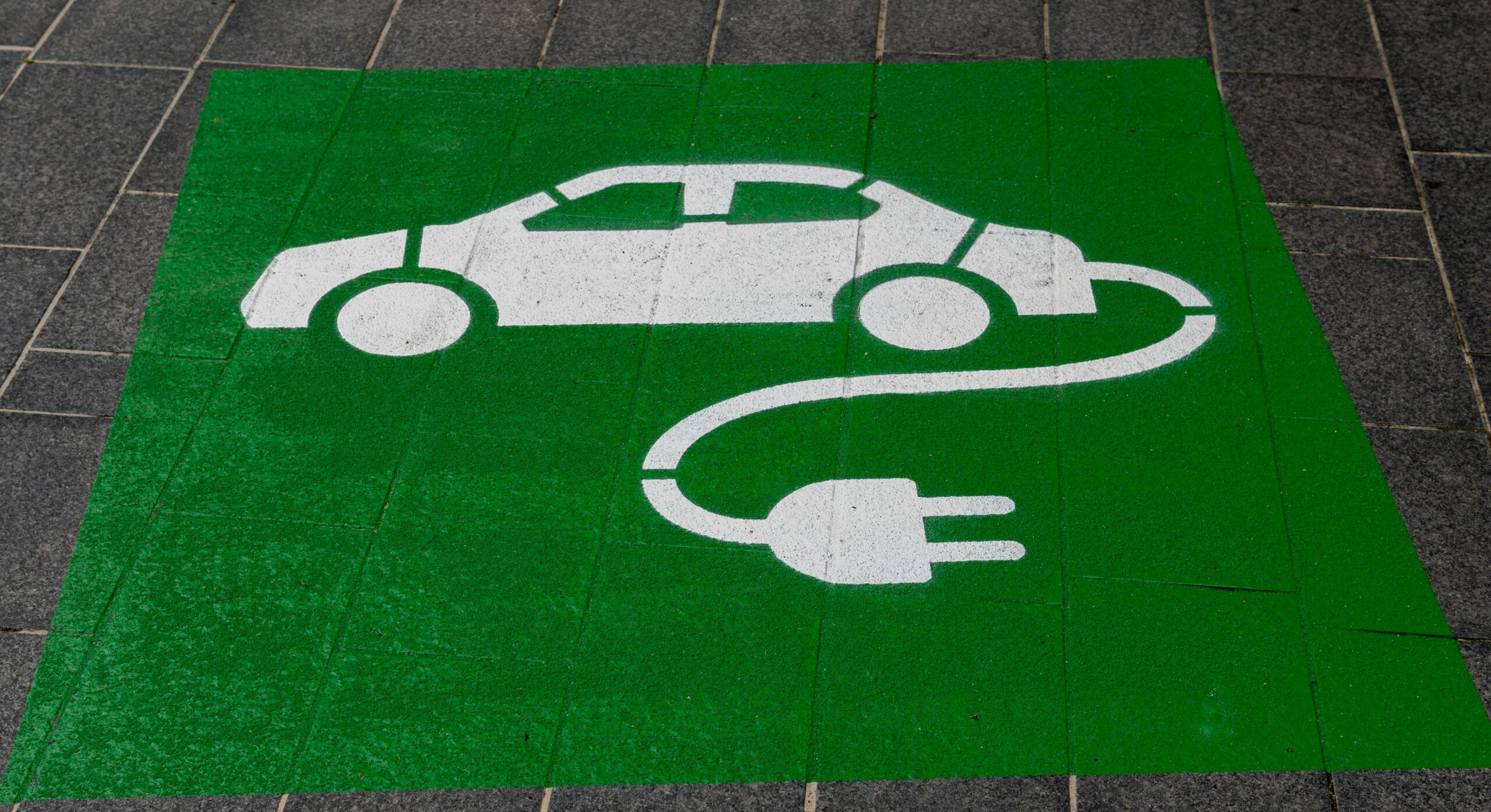By Arham Saeed
A decade ago, spotting an electric car on the roads would be a rare sight, but electric cars are now seen much more frequently. Indeed, there was a 60% increase in electric cars from 2021 to 2022, forming a grand total of 26 million electric cars on the road worldwide by 2023. Numerous reasons have contributed to the increase in electric cars, including their eco-friendliness, luxury, long-term cost-efficiency, and low noise level. Nevertheless, any given item has downsides, which is undoubtedly true with electric cars. Electric cars are deemed eco-friendly, and although they are certainly more sustainable than the average combustion car, they still harm the environment and contribute to climate change. With the increasing number of these electric vehicles, we must fully understand how they work and their impact on Earth’s environment and ecosystem; let’s evaluate the degree of this damage using an interdisciplinary lens.
Electric cars use electricity sourced from a rechargeable battery. The aspect of this cycle many don’t consider is that the electricity used to power these vehicles is the same electricity used to power our communities. Electric cars use a little over 400 kWh monthly (Marsh, 2023). The average energy consumption for a household is approximately 900 kWh monthly, so significantly more energy is needed to power these cars (Anker, 2023). In Ontario, 50% of our electricity is from renewable sources, while the other half is from nuclear power plants as displayed in Figure 1 (Pirnia, et al., 2022). Nuclear power tends to be considered nonrenewable, as the way uranium, the ideal element to power nuclear fission, is mined and disposed of is extremely harmful to the environment. The rare isotope of U-235 is usually used to maximize nuclear fission and is extracted via mining (EIA, 2023). Uranium is disposed of in a manner similar to that in which it was found; that is, the radioactive waste is stored in containers and buried deep underground (World Nuclear Association, 2023). Mining has devastating effects on the environment, destroying ecosystems, which include forests, lakes, and other terrain that is essential for maintaining climate worldwide. Until the switch to renewable energy sources is made, electric cars will contribute to climate change and ecosystem destruction.

What’s the most essential part of a car? Many would say the engine, but electric cars don’t have this. Instead, the driving force for an electric car is its battery, which powers the electric motor, but these batteries aren’t ordinary; the same can be said about their impact on the environment. Electric cars use special batteries called EVs, which contain lithium, cobalt, nickel, and manganese (Luong, et al., 2022). The issue lies in the fact that these materials must be mined and require chemicals, large amounts of water, and labour-intensive effort to produce the metals needed for these batteries as displayed in Figure 2 (Luong, et al., 2022). For instance, to produce 1 metric ton of lithium using the evaporation pond method, 500 thousand gallons of water is needed (Luong, et al., 2022). The ultimate impact of mining these metals results in the loss of biodiversity, water waste, and pollution, contributing to climate change, and decreasing the quality of life of numerous organisms. In addition, the batteries themselves are disposed of by burying them in the ground (Wan & Wang, 2022).

Although humanity is taking a step in the right direction in terms of more sustainable transportation, it’s crucial that the impact of new products and technologies, such as electric cars, is critically analyzed. There’s still a lot of work to be done in this industry, especially since the way electric cars are powered and stored their power has harmful impacts on the planet. Thankfully, there’s plenty of innovation taking place to reduce the eco-footprint of these electric cars, so watch this space.
Sources
Alessia, A., Alessandro, B., Villen-Guzman, M., Vereda-Alonso, C., Beolchini, F. et al. (2021). Challenges for sustainable lithium supply: A critical review. Journal of Cleaner Production, 300. doi:10.1016/j.jclepro.2021.126954.
Anker.com. 2023. How much energy does an average house use? Url: https://www.anker.com/blogs/home-power-backup/electricity-usage-how-much-energy-does-an-average-house-use (accessed Oct. 26, 2023).
EnergyRates.ca. 2022. The Main electricity sources in Canada by province. Url: https://energyrates.ca/the-main-electricity-sources-in-canada-by-province/ (accessed Oct. 26, 2023).
IEA. 2023. Trends in electric light-duty vehicles. Url: https://www.iea.org/reports/global-ev-outlook-2023/trends-in-electric-light-duty-vehicles (accessed Oct. 26, 2023).
Luong, J.H., Tran, C., and Ton-That, D., 2022. A paradox over electric vehicles, mining of lithium for car batteries. Energies 15(21). Url: https://mdpi-res.com/d_attachment/energies/energies-15-07997/article_deploy/energies-15-07997.pdf (accessed Oct. 26, 2023).
Marsh, J. 2023. How many Watts does an electric car charger use? EnergySage. Url: https://www.energysage.com/electricity/house-watts/how-many-watts-does-an-electric-car-charger-use/ (accessed Oct. 26, 2023).
Pirnia, M., Elsarague, M., Beylunioglu, F.C., Ahmed, M., and Nathwani, J. 2022. Impact of Covid-19 on Ontario’s electricity market: Load, generation, emissions. The Electricity Journal 35(4). Url: https://www.sciencedirect.com/science/article/pii/S1040619022000379 (accessed Oct. 26, 2023).
U.S. Energy Information Administration (EIA). 2023. Nuclear explained. Url: https://www.eia.gov/energyexplained/nuclear/#:~:text=Nuclear%20power%20plants%20use%20a,U%2D235%20is%20relatively%20rare (accessed Oct. 26, 2023).
Wan, T., and Wang, Y. 2022. The hazards of electric car batteries and their recycling. IOP Conference Series: Earth and Environmental Science 1011(1). Url: https://iopscience.iop.org/article/10.1088/1755-1315/1011/1/012026 (accessed Oct. 26, 2023).
World Nuclear Association. 2023. What is nuclear waste, and what do we do with it? Url: https://world-nuclear.org/nuclear-essentials/what-is-nuclear-waste-and-what-do-we-do-with-it.aspx#:~:text=Direct%20disposal%20is%2C%20as%20the,sealed%20with%20rocks%20and%20clay (accessed Oct. 26, 2023).

Hey, I’m Arham! I’m a second-year student at McMaster University studying Integrated Science and concentrating in Biology. My favourite hobby is basketball and I love Star Wars! I also have a passion for helping my community, which I do in countless ways. One example is my involvement with Dare to Be You(th) Charity as a Community Youth Council member.




